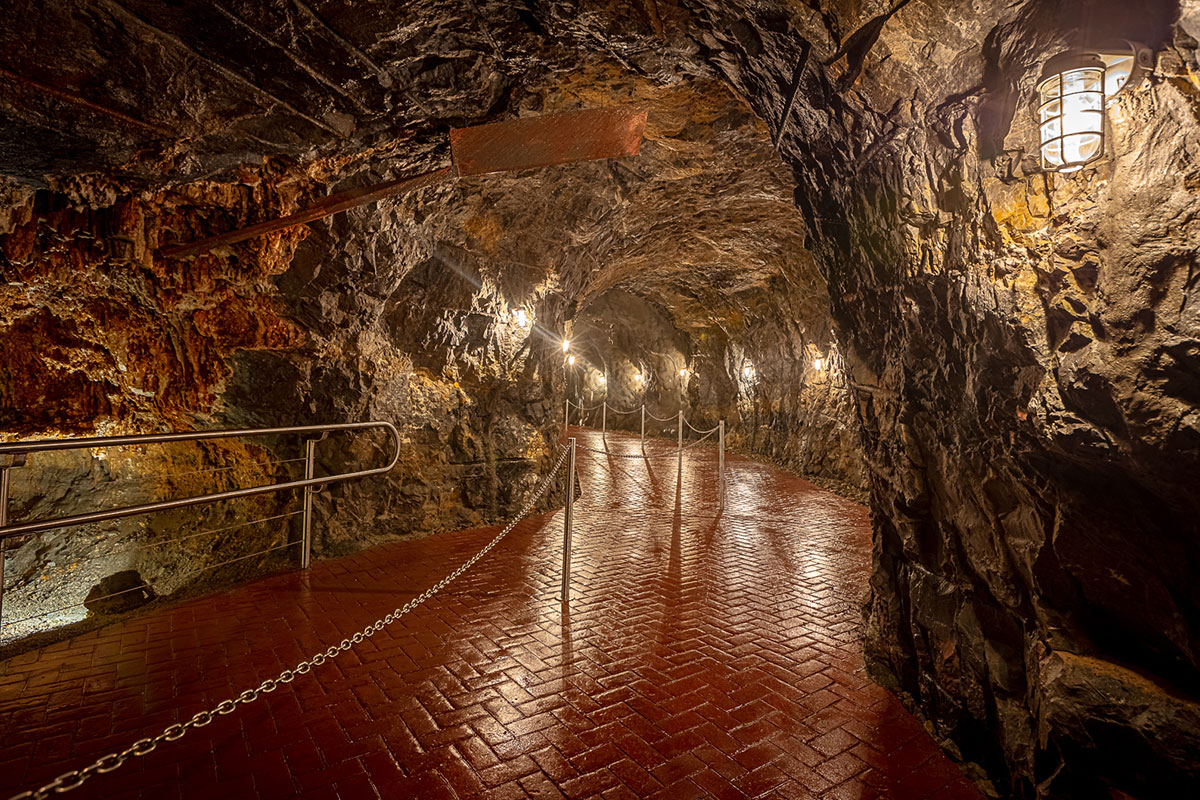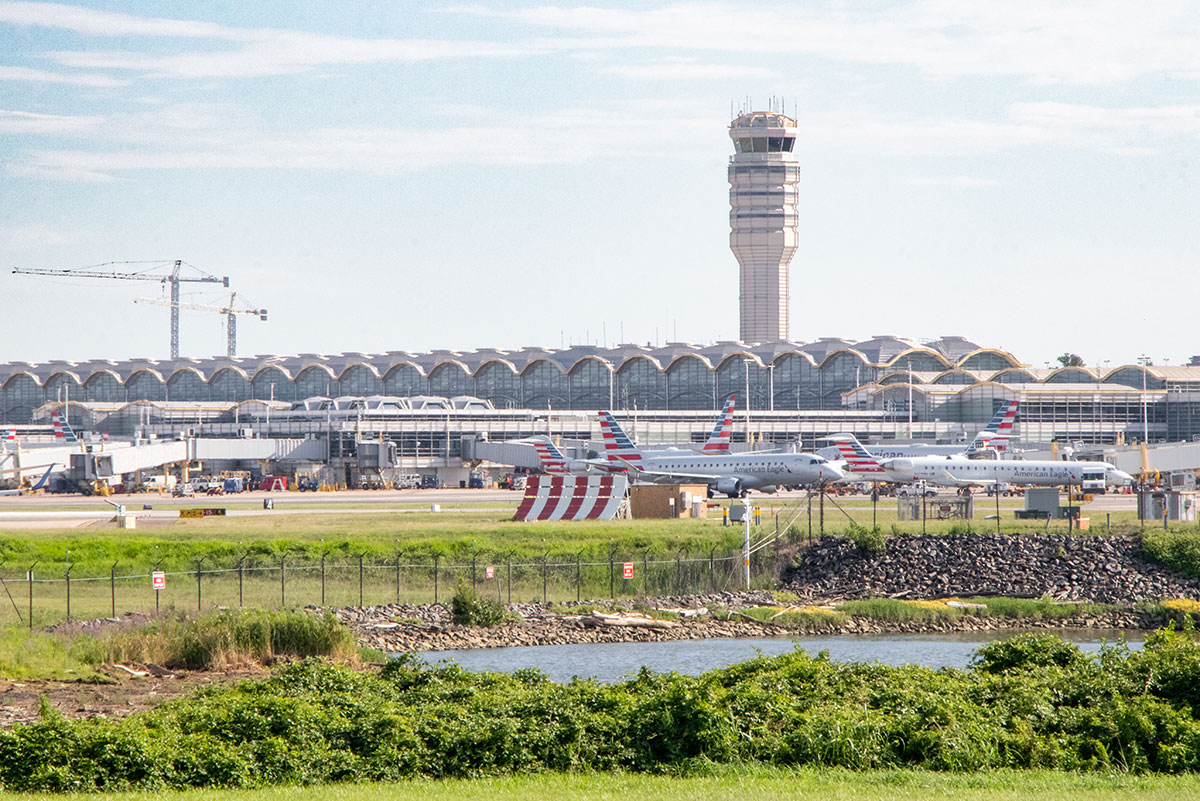
The landscape of Virginia is a complex one, filled with mountainous terrain, waterways and fields of green that span for miles. But there’s also more to see below the ground, as the state is home to eight natural caverns.
Of the eight underground escapes, Luray Caverns in the Shenandoah Valley is one of the most well-known on a global scale, due to its recognition as a National Natural Landmark and the site being the largest caverns in the eastern United States. Just last month, on Aug. 13, the historic cavern became even more remarkable, as a decades-long goal of removing every step within the landmark was achieved.

The very first tours of Luray Caverns occurred in August of 1878 and have continued through today. While the site attracts thousands of individuals from across the world, it has never been easy to get around, according to Director of Public Relations John Shaffer. To get inside the caves, visitors have to walk along a hillside pathway from the entrance building, which consisted of 70 steps down prior to the completion of the two-year construction project.
In the late 1940s, then-president of Luray Caverns, Ted Graves, started an effort to remove the steps within the caverns, due to environmental and safety concerns. While decades have passed since then, the initial idea has finally come to fruition, making the entire site more accessible to people of all abilities.
“We are now one of the few caverns in the world with lit up and step-free access,” says Shaffer. “Since May, we have had about 2,200 people with disabilities come through.”
Due to the inclines and general shape of the caverns, the site is not labeled by the federal government as a handicap accessible site.
For a full list of Virginia State Parks that are accessible to all, click here.
For more Parks & Rec content, subscribe to our e-newsletter.




